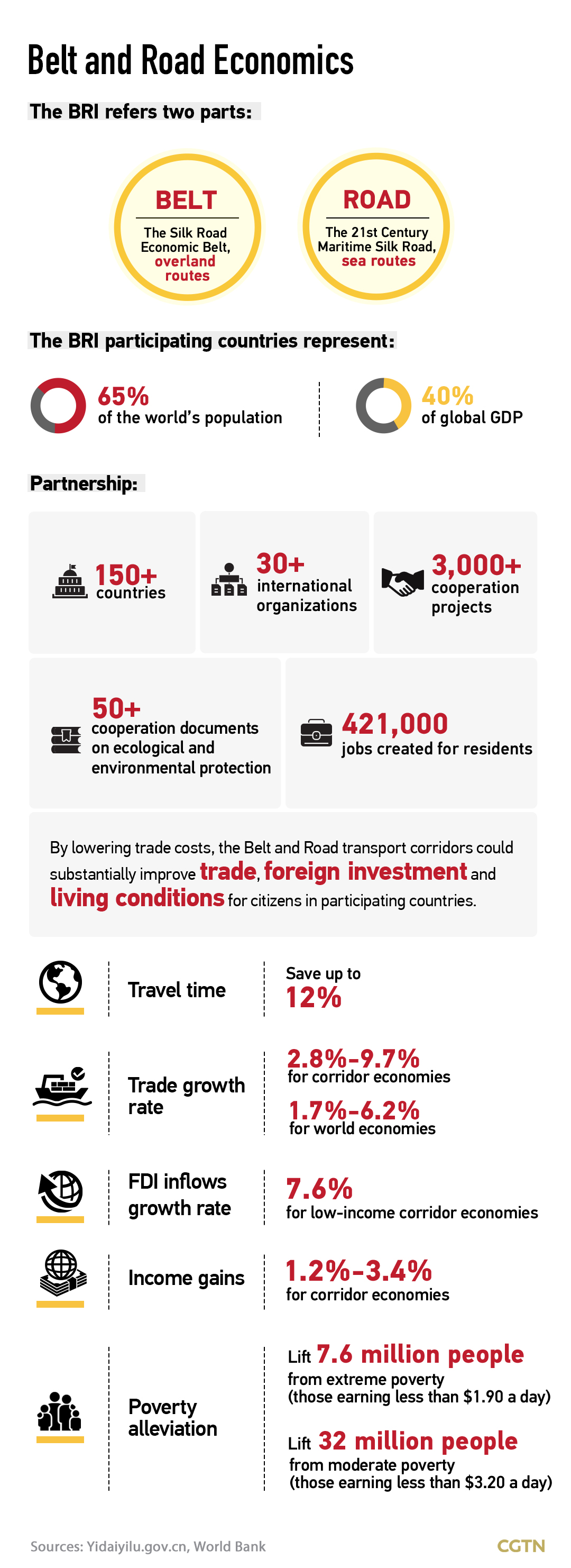China is committed to building an open world economy and promoting a new type of economic globalization, which is essential for building a global community of shared future, according to the white paper titled "A Global Community of Shared Future: China's Proposals and Actions" released by the Chinese government in late September.
Economic globalization is an irreversible trend of global economic development and has greatly facilitated trade, investment, flows of people and technological advances, making an important contribution to global economic development.

China has become the main trading partner of more than 140 countries and regions and signed 21 free trade agreements with 28 countries and regions. The country's annual foreign trade value hit a record high in 2022, topping the world for six consecutive years.
China has worked for high-quality implementation of the Regional Comprehensive Economic Partnership (RCEP). Its trade with other RCEP members rose 7.5 percent year on year in 2022. Its trade with the Belt and Road (BRI) participating countries climbed 19.4 percent.

The BRI is a vivid example of building a global community with a shared future. Proposed in 2013, the BRI refers to two parts: the Silk Road Economic Belt and the 21st Century Maritime Silk Road.
The BRI countries and regions represent 65 percent of the world's population and 40 percent of global GDP. More than 150 countries in the world and over 30 international organizations have signed agreements on Belt and Road cooperation with China.
China has invested in over 3,000 projects, from ports and railways to bridges in these countries, creating 421,000 jobs for residents. The BRI transport corridors could substantially improve trade, foreign investment and living conditions for citizens in participating countries.
According to Belt and Road Economics, a report released by the World Bank, BRI transport infrastructure can reduce travel times for economies along transport corridors by up to 12 percent, reducing trade costs.
BRI transport projects are estimated to increase trade by between 2.8 and 9.7 percent for corridor economies and between 1.7 and 6.2 percent for the world. FDI inflows are expected to increase by 7.6 percent for low-income corridor economies.
Real income gains for corridor economies are expected to grow by between 1.2 and 3.4 percent. The transport projects could help lift 7.6 million people from extreme poverty with less than $1.90 a day and 32 million people from moderate poverty with less than $3.20 a day.
By 2030, the BRI will generate $1.6 trillion in annual global revenues, according to the World Bank.